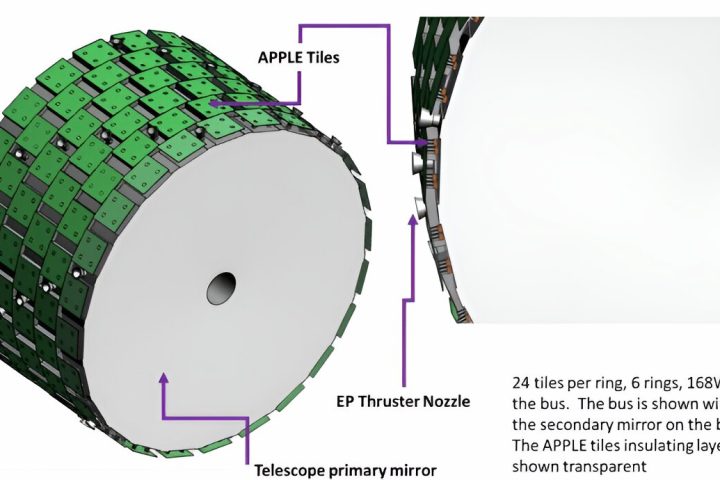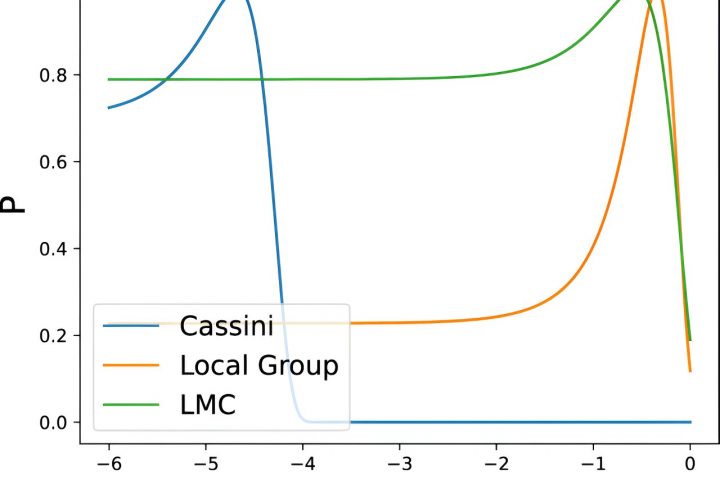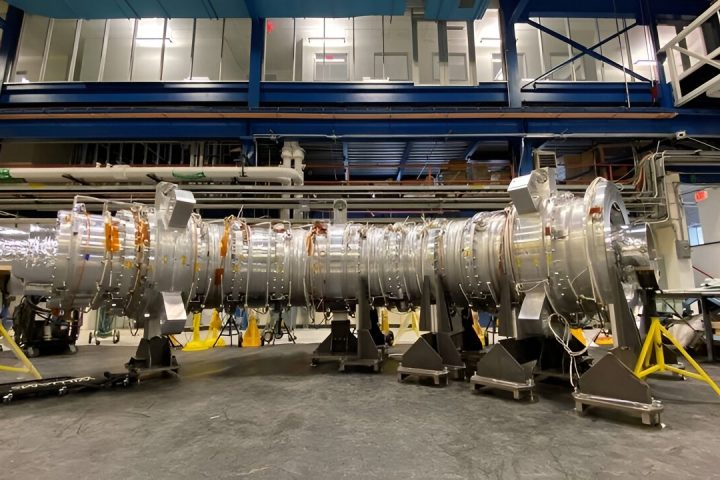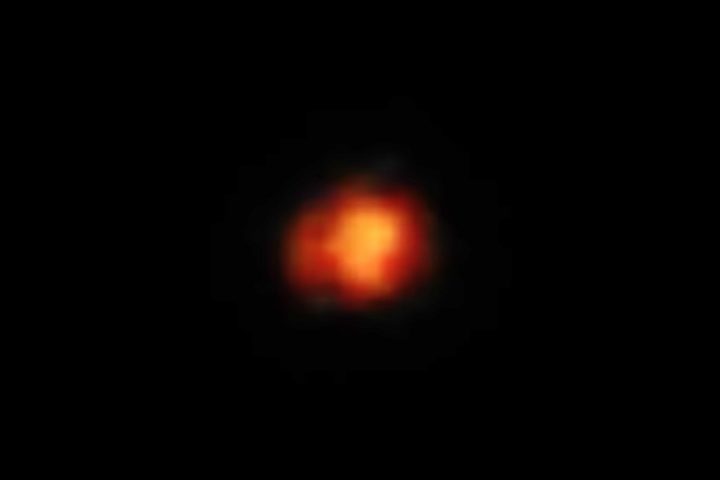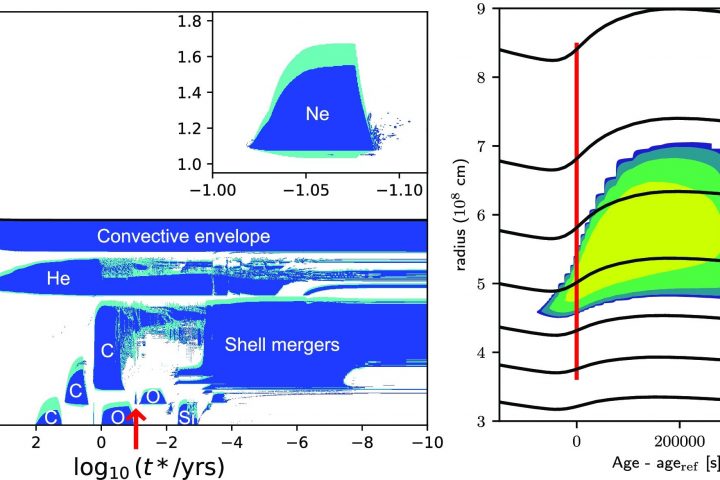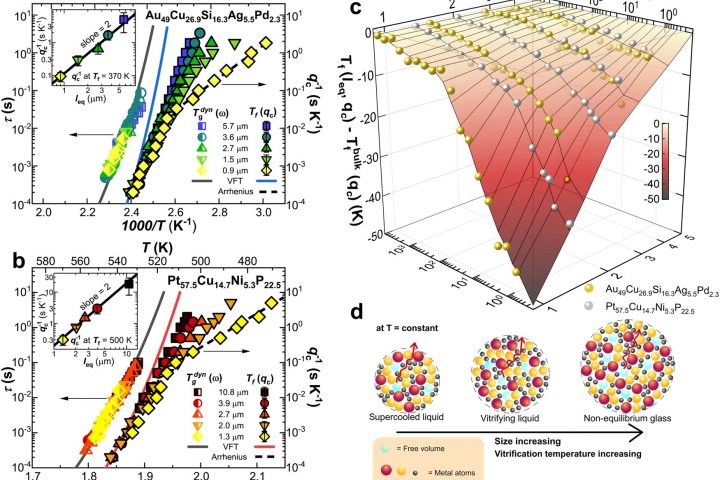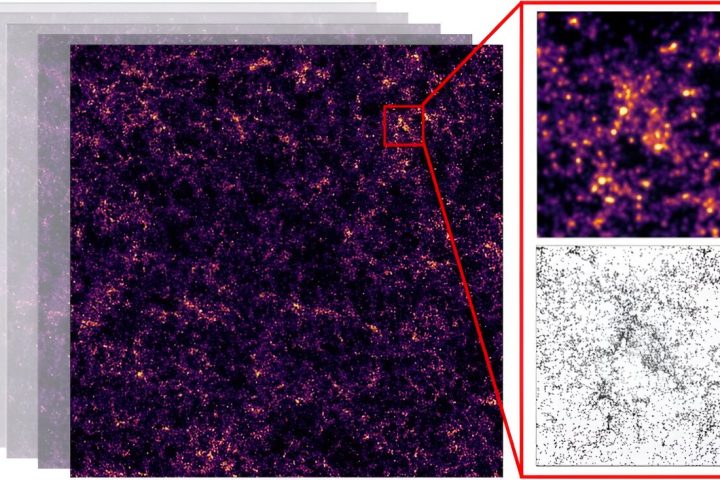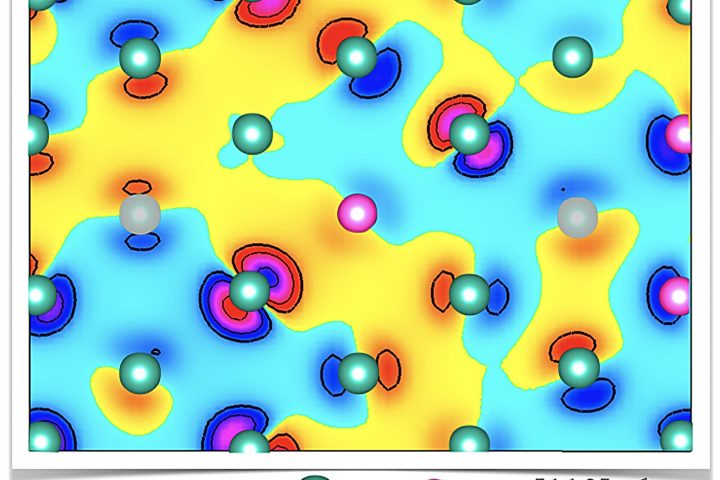Japan's XRISM (X-ray Imaging and Spectroscopy Mission, pronounced "crism") observatory, expected to launch Aug. 25 (Aug. 26 Japan local time), will provide
Radioisotope thermoelectric generators (RTGs) are the power plants of the interplanetary spacecraft. Or at least they have been for going on 50
What were the first life forms like? In a new perspective article, scientists describe a strategy for answering this question by studying
Researchers have found a new way to measure dark energy—the mysterious force that makes up more than two-thirds of the universe and
An important recent discovery in physics came from measuring neutrinos—neutral, weakly interacting particles—produced by the sun. Nuclear reactions in the sun produce
Thanks to the James Webb Space Telescope, astronomers racing to find some of the earliest galaxies ever glimpsed have now confirmed that
A research team at the Advanced Science Research Center at the CUNY Graduate Center (CUNY ASRC) has shown that it is possible
Scientists have conducted the first ever 3D simulation of a star's entire evolutionary phase thanks to new simulation technologies. An international team
Most people who hear the word 'glasses' will probably think of drinking glasses or corrective eyewear. Hardly anyone will think of metals.
Astrophysicists can use measurements of the cosmic microwave background, radiation formed 380,000 years after the Big Bang, to understand what the universe
A team of scientists from Ames National Laboratory and Texas A&M University developed a new way to predict metal ductility. This quantum-mechanics-based




